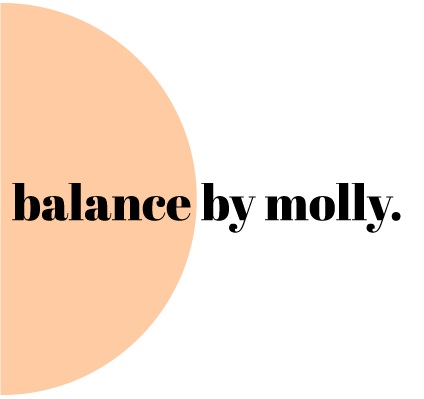Intuitive Eating: The 5 Types of Hunger
When it comes to intuitive eating, there is a lot of talk about hunger. Eating intuitively is not just about eating when you are hungry and stopping when you are full. It is about quieting the external messages we receive from Diet Culture which disconnects us from our body, telling us to follow certain food rules and to be insecure and anxious about our food choices. When we are disconnected from our bodies, it becomes difficult and sometimes impossible to pay attention to our hunger cues. We have made up so many rules in our minds that we no longer can hear our body.
One thing I frequently discuss with clients who are working to break the binge/restrict cycle or to calm anxiety with food, are hunger cues. Specifically the types of hunger that we experience which can be tapped into. This helps my clients to better understand what might be fueling their desire to eat in order to better respond to their body’s cues.
THE FIVE TYPES OF HUNGER IN INTUITIVE EATING
1. Physical Hunger
2. Emotional Hunger
3. Taste Hunger
4. Necessity Hunger
5. Nutrient Hunger
When reading through and then recognizing the different types of hunger, it is important to note that all of these are NORMAL AND VALID. We may have been taught to believe that any other type of hunger that is not physical must not be real, but that couldn’t be farther from the truth.
What is important is to know which type of hunger you are experiencing so that you have the tools to satisfy it without guilt or shame. To embrace all of them equally as a part of the human experience with food, emotions, taste and pleasure.
1. Physical Hunger comes from our need for energy. This can manifest as that gnawing feeling in your stomach and also as fatigue, headaches, shakiness, irritability and moodiness. When we are physically hungry, we should eat!
2. Emotional Hunger is when you have an unmet emotional need that increases your desire to eat. I personally hate that emotional eating has a negative connotation as I truly believe emotional eating is normal and healthy eating. A lot of people refer to binge eating as emotional eating, but these are actual separate. Binge eating is used to not feel emotion at all, and to instead shut it out. By bingeing, we are not meeting our emotional need and instead are suppressing it.
Emotional hunger can also be confused with physical hunger. The difference is that emotional hunger comes on quickly and is usually coupled with an uncomfortable or intense emotion which can be sadness, anxiety, lonliness, and also extreme joy. You feel it more in your head than in your stomach and can therefore come on an hour or two after eating.
3. Taste Hunger is present when you are craving something specific. Meaning a certain food just sounds dang good! An example of this is being at a wedding and wanting a slice of the cake because it sounds really good, even if you just ate a big dinner. It can be the same at a restaurant when you are satisfied with your meal and want a dessert. This usually means you are eating when you are not hungry, and remember, you are allowed to eat when you are not hungry and that is totally normal!
4. Necessity Hunger isn’t truly hunger but rather a need to eat in anticipation of hunger later when you won’t be able to eat. Let’s say you are at work and you have back to back meeting coming up, during which you will likely get hungry. Although you are not hungry in the moment, you eat in order to stay ahead of the inevitable hunger. Remember that this “hunger” is valid and very important to pay attention to.
5. Nutrient Hunger comes from our need for nourishment. Aka, you head to Vegas for a bachelorette party and you come back craving veggies and green juice. Or you are craving red meat after you finish your menstrual cycle and enter the follicular phase. Our bodies are smart, they know exactly what nutrients we need and when. Diets such as keto, paleo or being vegan can remove entire healthy food groups with essential nutrients that our bodies may need and be asking for when we are restricting.

